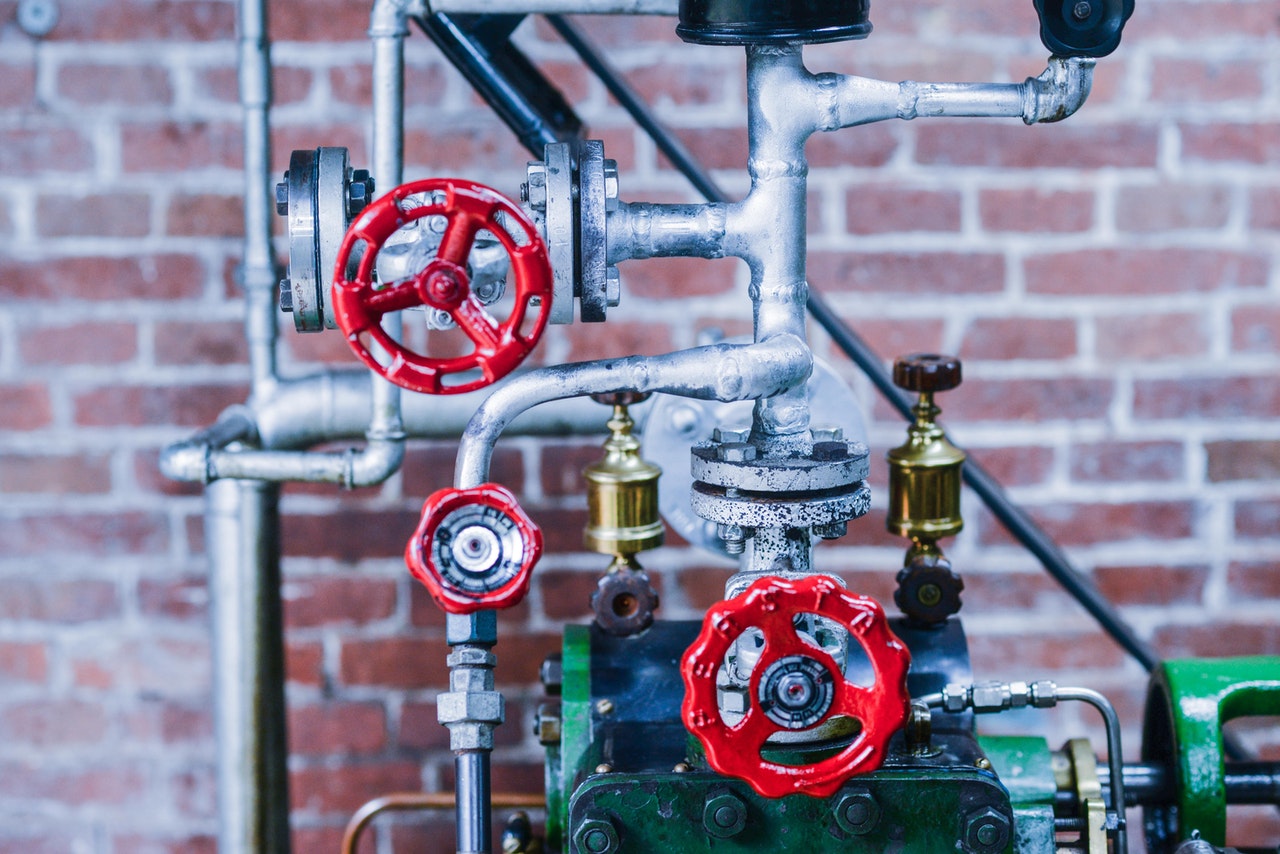5 Plumbing Hacks for Fixing Clogged Drains
It's a problem most homeowners have dealt with numerous times. Drains become gunked up with hair, food debris, dirt, and grime, which makes them less efficient over time. Clogs can also indicate a bigger plumbing issue, which might require the help of a professional to get to the bottom of the repairs.
Before you take that route, it's best to try some trusted DIY plumbing hacks to clear clogged
drains. Professional plumbers are expensive, so you want to reserve their services for those
times when it's absolutely necessary.
1. Boil Some Water
It sounds too good to be true, but boiling water can be an effective remedy for a clogged toilet (as well as other drains). Take a pot or kettle, fill it with tap water, and put it on the stove to boil.
When it's ready, pour it into the drain slowly, being careful not to spill it. Pour about half of the water into the drain, wait a few seconds, then pour the rest. If you're working on a clogged toilet, pouring 1/4 of a cup of dish detergent into the toilet before hot water can help break up the clog so the hot water will flush it away.

2. Create a Hook With a Wire Hanger
A plunger is a must-have tool in every home, but there are alternatives if you come up short one day. A wire hanger can actually help clear out some clogs with a little finesse. Start by
straightening the hanger so it's as long as possible. Make a little hook-liked bend at one end; this will be the end that goes into the toilet or drain. Stick the hanger into the drain and pull, not push, to remove accumulated gunk. Pushing clogs deeper into the drain will only make them worse, so make sure you're using the right technique when trying this hack.
3. Mix Baking Soda and Vinegar
What can't baking soda do in the home? Along with removing nasty refrigerator smells and
helping sop up spills, it all makes a neat little clog-clearing solution that won't damage your pipes like store-bought chemicals will. Mix 1/3 of a cup of baking soda with 1/3 of a cup vinegar. The resulting chemical reaction will make short work of clogs, so make sure you pour your solution down the drain as quickly as possible. Leave it to sit in the drain for as long as possible, preferably overnight. In the morning, flush the drain with hot water to send the clog on its way.
4. Rig Up a Wet/Dry Vacuum
This hack takes a little bit of ingenuity, but it's definitely worth it if it's successful. Make sure any vents on the vacuum are sealed off before changing the settings to extract liquids. Next, place the hose over the drain and create a tight seal around it. If possible, take the end of a plunger and attach it to the hose, as this will facilitate the perfect amount of suction.
5. Clean Out Your Pipe
You'll need a few tools for this hack, including a plumber's wrench and a bucket. Look for the pipe with the U-bend and place your bucket underneath it to catch any water that spills out. Look for the fittings on either end of the pipe and loosen them with the wrench. Remove the pipe and empty it into the bucket. You can also use a small brush, such as a spare toothbrush, to scrub the middle of the pipe.
Being a handy homeowner not only saves you money on repairs and maintenance, it also gives you a great sense of accomplishment. Your home is your most valuable investment, after all, so it stands to reason that you would take a hands-on approach when things go wrong. Hopefully, these hacks have provided insight and helped you deal with a bothersome plumbing problem in your home!

